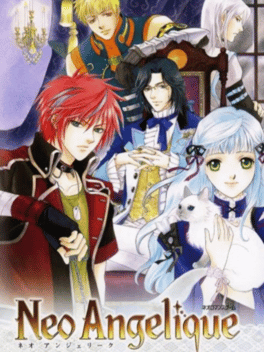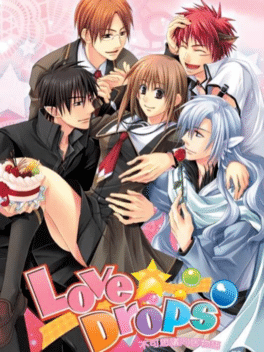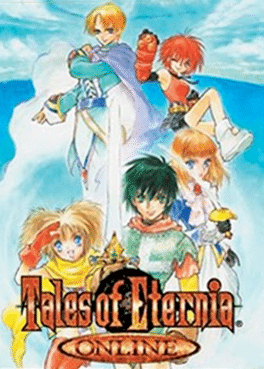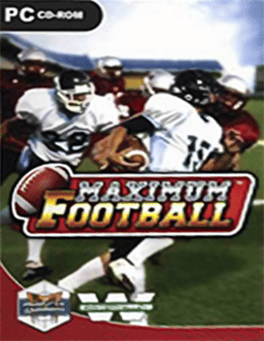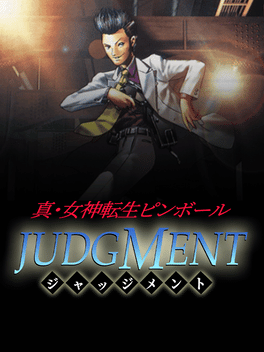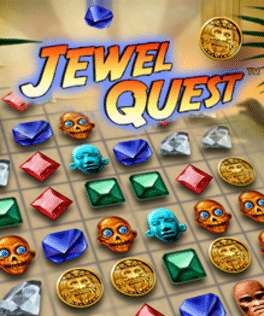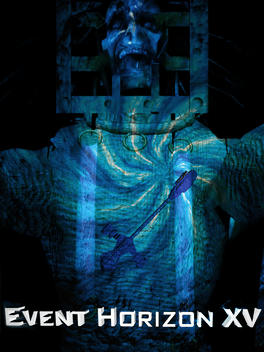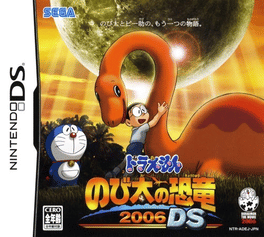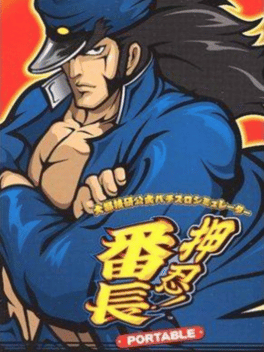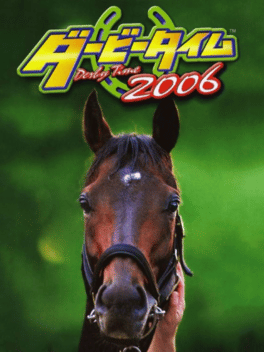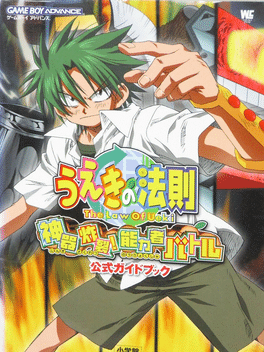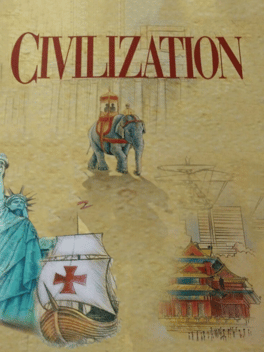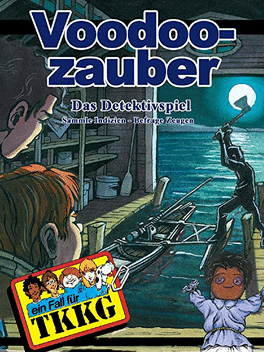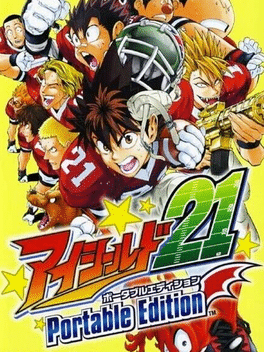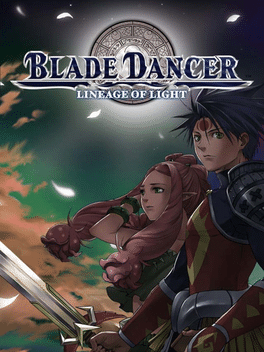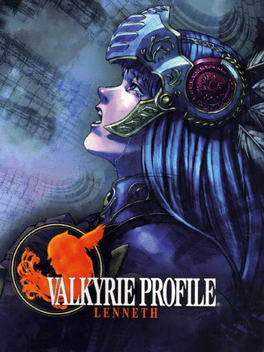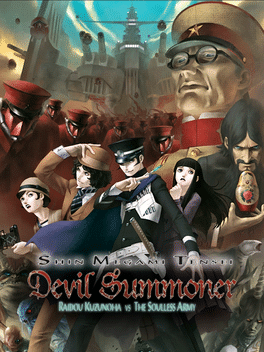New Games - Page 10296
-
Neo Angelique
2006
Neo Angelique
2006
Neo Angelique is the fourth Neoromance entry and an alternate universe of the Angelique series. Character designs and illustrations were done by Kairi Yura. Maki Fujioka was the character designer for the characters' animated counterparts, both in the game and for the TV series. Character image songs were composed by Yujiro Okazaki. Ruby Party originally devised the game to be a minor side story for the main Angelique series. During the brainstorming sessions for the plot and characters, the members realized that their project's ambitions far surpassed their starting expectations. Therefore, they shifted gears to make an "Angelique title friendly to newcomers", seeking to capture the series's charm without requiring the player to have extensive knowledge of prior lore. Role-playing game elements were devised to take center stage in gameplay due to its popularity in fan surveys at the time. The keywords for this title's narrative are "beautiful, noble, and romantic". The Premium Box included eight postcards, a cha -
Love Drops: Miracle Doukyo Monogatari
2006
Love Drops: Miracle Doukyo Monogatari is an erotic otome game by Sugar Beans. -
Tales of Eternia Online
2006
An MMORPG set in the Tales of Eternia universe. The game was formally released in 2006 and lasted only a year before the servers were taken offline due to a declining number of players. -
Maximum Football
2006
Maximum Football
2006
Unlicensed Football Sim that allowed for not only team creation but league creation as well. Spiritual followup to the only CFL licensed football game in existence. -
Shin Megami Tensei Pinball: Judgment
2006
A Japan only mobile pinball spinoff of the Sega Saturn game Shin Megami Tensei: Devil Summoner. Players can summon and fuse over 70 demons that can help them achieve higher scores. Other elements from the game such as alignment, moon phase system and magnetite also make a return. -
Jewel Quest
2006
Jewel Quest
2006
star 6.5Includes the first three titles in the the ultimate jewel matching adventure, Jewel Quest! Rupert and Emma have settled down and opened a museum to display their many artifacts. While playing with a mysterious jewel board, their daughter unknowingly pops open a secret compartment. Suddenly, the air is filled with spores, and Natalie's vision fades. Desperate to save their daughter's sight, Rupert and Emma search the globe in search of the fabled Golden Jewel Board, rumored to hold the antidote that will cure her, but does it even exist? Guided by cryptic clues left by a shady stranger, Rupert and Emma encounter new challenges; wild monkeys to capture, powerful pearls that can alter the jewel boards, and head-to-head competition that pit you against renowned experts, Hani and Sebastian. Time is running out! It's up to you to follow the clues and find the cure! 200 levels in 11 regions 30 different jewels Visit every continent, while working on quests to earn jewels and artifacts Search for the fabled Golden Jewel -
Event Horizon XV
2006
Event Horizon XV
2006
Loosely following the movie 'Even Horizon', you play as a marine sent to investigate the titular ship as it has been rediscovered around the orbit of Jupiter. As you arrive on the ship you realize that it has brought back with it the unspeakable horrors from where it had disappeared to as it digs deep into your mind, looking for your deepest darkest fears. -
Doraemon: Nobita no Kyouryuu 2006
2006
A Doraemon-themed turn-based card battle game for the Nintendo DS. -
Derby Time 2006
2006
-
Ueki no Housoku: Jingi Sakuretsu! Nouryokusha Battle
2006
Ueki no Housoku: Jingi Sakuretsu! Nouryokusha Battle is a 32-bit classic 2D fighter action game based on the manga and anime series The Law of Ueki (Ueki no Housoku). -
Civilization
2006
Civilization
2006
Civilization for N-Gage is a handheld version of a popular strategy series. However, it's not a port of any existing episodes, but a separate entry based on the rules of the second and the third games. Graphically, it's also similar to Civilization II, however the interface was adapted for device' much smaller screen size and resolution, as well as for its cell phone-like keyboard. The goal of the game is the same -- to advance your society from the stone age to the space age, destroying your opponents or signing diplomatic treaties on the way. There are twenty one different civilizations to choose from, and generally the list of features is the same. There's a full Civilopedia and tutorial available as well. Unlike most of other N-Gage titles, there are no multiplayer features in Civilization. -
TKKG: Voodoozauber
2006
TKKG: Voodoozauber
2006
Investigate with TKKG in a new, exciting case that you do not know from the radio plays or books! Together with Tim, Karl, Klößchen and Gaby you search for clues, evidence and question witnesses. Only if you repeatedly slip into the different roles of the detectives and cleverly combine them, you will solve the crime in an exciting finale. -
Daikoukai Jidai IV: Rota Nova
2006
Daikoukai Jidai IV: Rota Nova is a remake of Daikōkai Jidai IV: Porto Estado for handheld consoles. In comparison with its base game, it contains a treasure hunting system based on treasure maps, much more profitable sea routes named "golden routes" and a new game mode that allows local multiplayers to do a sailing boat race with each other. -
Mobile Suit Gundam: Climax U.C.
2006
Climax U.C. is a game that allows the player to relive several battles throughout Gundam's "Universal Century" timeline. -
Eyeshield 21: Portable Edition
2006
A PSP game based on the football anime Eyeshield 21. It is based on the manga and anime series Eyeshield 21. -
Blade Dancer: Lineage of Light
2006
star 7.2Brandish your blade and dance of the edge of destiny! A mysterious girl with no memory of her past. A knight in black armour appears from nowhere on the legendary island of Foo where the Prismatic Moon shines. The legend of "Blade Dancer" will be revived. Full 3D Adventure Field: Explore towns, fields and dungeons, all in a large-scale, fully 3D environment. In Depth Item Crafting: Appraise an item you obtain to and discover its recipe to create new items. Exciting Real Time Battles: A completely real-time battle system. Experience a new type of battle in a fight to charge your Lunar Gauge and execute special abilities. Find Your Ultimate Weapons!! -
Valkyrie Profile: Lenneth
2006
star 7.6Valkyrie Profile: Lenneth is the PlayStation Portable port of the original Valkyrie Profile developed. The port is of the Japanese PlayStation version and does not have any of the gameplay improvements or changes made to the original English version, though the additional cinematics included in the English version are intact. Full motion video has been added to story events in the game and replaces all original anime scenes. Lezard Valeth's teleportation circle was changed from a pink pentagram to a purple circle though this was left unchanged in the PlayStation Portable version. The names of Frei, the elder sister, and Freya, the younger, were reversed from Norse mythology and from the Japanese version (though in the former, Frei is the elder brother). The English version of Lenneth uses an enhanced version of the original game's localization and reuses the original English voiceover track. Square Enix cleaned up the original game's English script and additional voice over dialogue for the CG movies was recorded -
Shin Megami Tensei Devil Summoner: Raidou Kuzunoha vs. The Soulless Army
2006
star 6.9Raidou Kuzunoha is a private detective in Japan's Taishou Period of the early 1900s, but he's much more than just a well-dressed crime scene investigator; he also has the power to capture and conjure demons to do his bidding. Take control of Raidou and his otherworldly companions, guide them through thrilling episodes of action and intrigue, and learn the incredible secrets of the Soulless Army. Detailed real-time combat sequence with swords, guns, combo attacks, and devilish helpers. Photorealistic graphics that transport the player to 1930s Japan.

